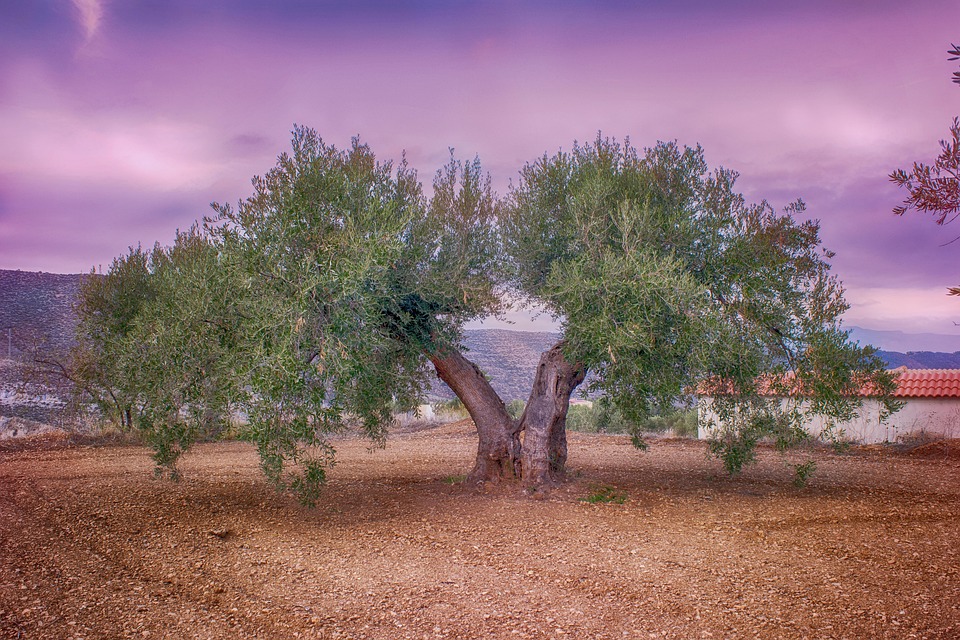# Grow Green: Top 10 Sustainable Plants for an Eco-Friendly Garden
Walking through my garden the other day, I was struck by how each vibrant plant tells a story of resilience and sustainability. The sun was setting, casting a golden hue over my green haven, and I couldn’t help but feel a wave of gratitude. Gardening has become my personal way of connecting with nature while contributing to a healthier planet. With each seed sown and every leaf unfurling, I wasn’t just growing food; I was cultivating a lifestyle that harmonizes with the ecosystems around me. In this article, we’ll explore the top 10 sustainable plants perfect for nurturing an eco-friendly garden. Whether you’re a seasoned gardener or just starting, these plants will not only thrive but also contribute positively to the environment.
## Why Sustainable Gardening Matters
Sustainable gardening goes beyond planting and harvesting—it’s about promoting biodiversity, conserving water, and utilizing eco-friendly practices that benefit both your garden and the planet. Incorporating sustainable plants reduces the need for harmful pesticides and fertilizers, helping create a more balanced ecosystem in your backyard.
## Top 10 Sustainable Plants for Your Eco-Friendly Garden
### 1. **Native Wildflowers**
Native wildflowers are a fantastic choice for any sustainable garden. They require minimal water and maintenance, making them perfect for low-impact gardening. Planting wildflowers supports local pollinators, such as bees and butterflies, further enhancing biodiversity. Consider species like **Echinacea** or **Black-eyed Susans** that not only add bursts of color but can also be used in herbal remedies.
### 2. **Kale (Brassica oleracea)**
Kale is a nutritional powerhouse that thrives in cooler climates. This leafy green is not only edible; it’s also a nutrient accumulator, enriching the soil with nitrogen. It’s a resilient plant that thrives without synthetic fertilizers and tends to be more pest-resistant, making it perfect for sustainable gardening.
### 3. **Herbs: Oregano and Thyme**
Herbs like oregano and thyme are easy to grow and require minimal water. They also attract beneficial insects to your garden, helping to manage pests naturally. These hardy herbs can be utilized in countless dishes, making them not only environmentally friendly but also delicious.
### 4. **Tomatoes (Solanum lycopersicum)**
Tomatoes are a staple in many gardens, known for their versatility in the kitchen. Opt for heirloom varieties, which not only offer unique flavors but also help preserve genetic diversity. With proper care, tomatoes can be grown in various climates and conditions, flourishing without excessive fertilization.
### 5. **Rhubarb (Rheum rhabarbarum)**
Rhubarb is an incredibly resilient perennial that can bring years of harvest. It thrives in a wide range of soil types and requires minimal maintenance. Leaving some of the leaves in your garden can also act as a natural mulch, helping to retain soil moisture and suppress weeds.
### 6. **Bush Beans (Phaseolus vulgaris)**
Bush beans are perfect for those interested in companion planting. As a nitrogen-fixing plant, they improve soil health, allowing neighboring plants to flourish. These easy-to-grow beans are perfect for vegetable plots and help reduce the need for synthetic fertilizers.
### 7. **Sunflowers (Helianthus annuus)**
Sunflowers are not only striking and cheerful but also serve as natural pest deterrents. Their tall stalks can create barriers against wind and pests, and the seeds they produce are great for wildlife. Planting sunflowers draws pollinators to your garden, benefiting your vegetables and fruits.
### 8. **Lemon Balm (Melissa officinalis)**
This fragrant herb is a fantastic addition to any eco-friendly garden. Lemon balm is easy to grow, drought-resistant, and attracts pollinators with its delicate flowers. It’s useful in teas and culinary dishes, providing both fragrance and flavor while enhancing your garden’s biodiversity.
### 9. **Sweet Potatoes (Ipomoea batatas)**
Sweet potatoes are a nutritious and versatile crop that can thrive in poorer soils. These plants spread quickly, providing ground cover that helps suppress weeds and conserve soil moisture. Plus, their delicious tubers can be harvested throughout the season.
### 10. **Aloe Vera (Aloe barbadensis miller)**
Aloe Vera isn’t just for sunburns; it’s a hardy succulent that thrives in drought conditions. This plant requires minimal water and care and provides natural healing properties for skincare. It’s also a great conversation starter in your garden and has the potential for indoor use as well.
## Pro Tips for Successful Eco-Friendly Gardening
1. **Soil Health is Key**: Always start with healthy soil. Utilize compost and organic matter to improve soil structure and fertility. Healthy soil leads to healthier plants.
2. **Companion Planting**: Pair plants that grow well together (e.g., tomatoes and basil) to maximize yields and minimize pests naturally. This method encourages natural pest control and improves plant health.
3. **Mulching**: Applying organic mulch not only conserves moisture in the soil but also suppresses weeds and adds nutrients as it decomposes. This simple practice can save water and reduce maintenance.
4. **Water Wisely**: Collect rainwater in barrels for irrigation. Drip irrigation systems conserve water and direct it right to the roots where it’s needed most.
5. **Diversity is Essential**: Plant a mix of species to promote biodiversity. This helps create a balanced ecosystem, reduces pests, and supports healthy pollinators.
6. **Crop Rotation**: Rotate your crops each season to prevent soil depletion and limit pest and disease buildup. This practice maintains soil health and maximizes production.
7. **Beyond Plants**: Don’t forget about integrating other eco-friendly elements like compost bins, bee hotels, and bird feeders to create a thriving ecosystem.
## Conclusion
Creating an eco-friendly garden filled with sustainable plants is an enriching and rewarding journey. Not only do these plants contribute positively to the environment, but they also provide beauty, food, and habitat for various species. By incorporating these top 10 sustainable plants into your gardening practices, you’ll not only enjoy a bountiful harvest but also contribute to a healthier planet.
Grow green, nurture your surroundings, and watch your garden thrive while making a difference—one plant at a time!



